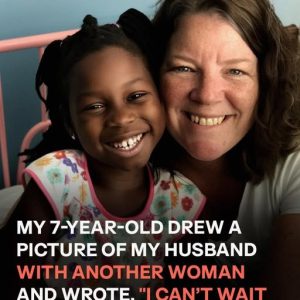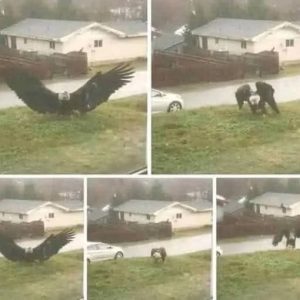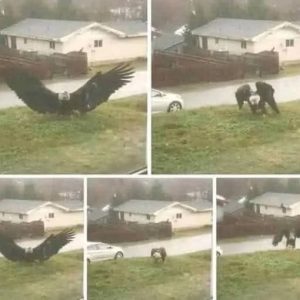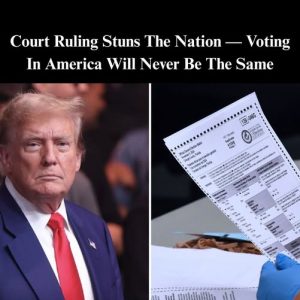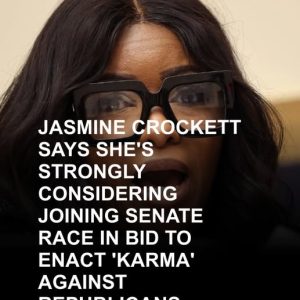In a dramatic live-television moment that has alarmed media experts and civil-rights advocates, Donald Trump made a direct and forceful declaration aimed at the press: he accused the media of being “out of control” and warned that “changes are coming.” The statement came amid intense scrutiny of his administration’s policy failures — notably a botched military operation in Iran — and he redirected the public’s attention from policy to the press itself. Rather than discuss the mission or its fallout, he singled out journalists, blaming them for his embarrassment and signalling potential retaliation.
For many Americans, especially seniors who grew up with the press as a cornerstone of accountability and transparency, this moment rang alarm bells. The United States has long celebrated a free press — from Watergate to the Pentagon Papers — as essential to democracy. Now, a sitting President appeared to threaten that freedom in plain sight. His remarks weren’t cloaked in political nuance or buried in a tweet—they were broadcast, deliberate, and unmistakable. Legal scholars and press-freedom organisations quickly labelled them a “direct threat” to the First Amendment.
The context matters. The president had previously described major media outlets as “corrupt” and “arms of the opposite party,” and this attack on the press appears consistent with a broader pattern of media antagonism. For example, his administration sought to cut funding, restrict access, and even revoke licenses of news outlets under perceived bias. Legal victories against such moves underline the seriousness of the challenge — for instance, a federal judge ordered the reinstatement of The Associated Press to White House events, citing viewpoint-based discrimination.
This moment isn’t simply about politics. It’s about the relationship between power and truth. When the leader of the country threatens the press, the implication is that the watchdog role of journalism is no longer safe. It suggests that critical coverage may be punished or controlled, which shifts the balance between citizen and state. Constitutional attorneys warn that this kind of threat—especially when delivered publicly—can intimidate journalists and produce a chilling effect on free speech and investigative reporting.
For seniors in particular, the notion that a president would openly challenge press freedom is deeply unsettling. Many recall eras when the press held power to account and felt that their protections were inviolable. The attack on the press resonates not just as a political skirmish but as a violation of democratic norms those generations took for granted. A retired schoolteacher from Ohio was quoted saying: “Even Nixon never said anything like this… what he did wasn’t just disrespectful — it was dangerous.”
Whether these remarks become the spark of a broader crackdown or a rhetorical flare remains to be seen. But they stand as a defining moment: a president publicly signalling his intention to “deal” with the media rather than maintain a professional relationship. The implications are vast — for the press, for democracy, and for Americans who still believe in the power of an informed citizenry. The message is clear: when one voice is threatened, all voices are at risk.
